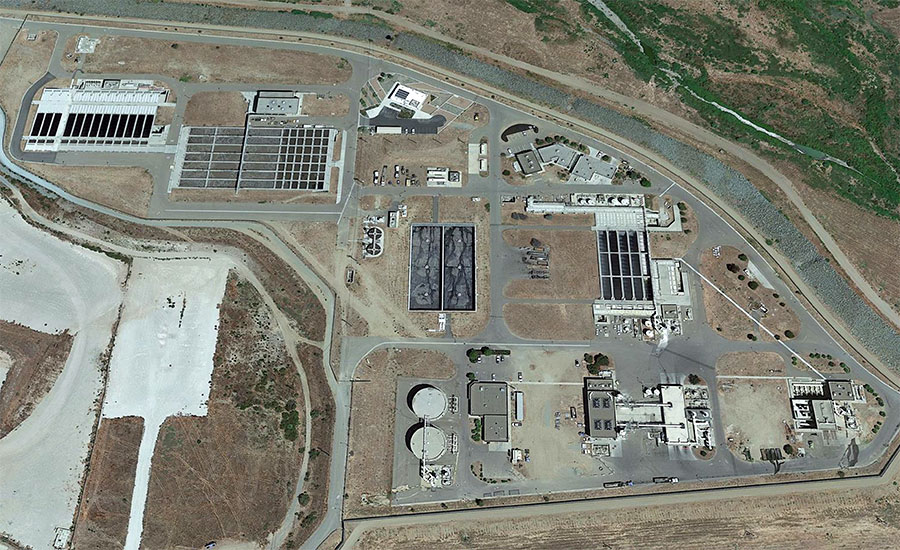The U.S. section of the International Boundary and Water Commission (USIBWC) awarded a contract on Aug. 21 for the rehabilitation and expansion of the South Bay International Wastewater Treatment Plant in San Diego..
The design phase award was $42.4 million, but the total project is expected to cost $600 million. USIBWC says the expansion—which will allow the plant on the U.S. side of the border to deal with wastewater flows coming through the Tijuana River and across the border from a failing wastewater treatment system in Mexico—is still underfunded and will require more money from both countries to stanch the flow of raw sewage befouling towns such as Imperial Beach on the U.S. side of the border.
Denver, Colo.-based PCL Construction won the contract, with Stantec Consulting Services as design partner in the contractor-led, progressive design-build effort.
USIWBC said in a statement that the project will eventually include rehabilitation of the existing infrastructure and capacity expansion to double current treatment capacity of 25 million gallons per day (MGD) to reach 50 MGD average flow, with a peak hydraulic flow capacity of 75 MGD for the South Bay plant. The statement read that the project is consistent with a 2022 binational agreement reached with Mexican counterparts of the IBWC.
In January, USIBWC Commissioner Maria-Elena Giner said after a visit with Mexican counterparts and other authorities south of the border, "we still have not seen any improvement in wastewater flows, specifically regarding reductions in both transboundary flows in the Tijuana River and flows into the South Bay International Wastewater Treatment Plant."
In March, at a public meeting at the Scripps Institute of Oceanography in San Diego, Giner said "we want to open these beaches and we want to address the public health."
A 2023 Scripps study said that aerosolized toxins in the surf are now causing human health effects without any contact with the ocean. The waters off of the town of Imperial Beach also did not once meet state health standards in 2023, according to the Surfrider Foundation’s 2023 Clean Water Report.
The USIWBC's statement said that the plant’s expansion, in combination with wastewater infrastructure improvements in Mexico under the 2022 agreement, is intended to eliminate up to 90% of untreated wastewater reaching the coast. It also stressed that continued partnership between the two nations is "critical to reduce transboundary flows of untreated wastewater."
The South Bay plant was completed in 1997 and was never designed or intended to treat all wastewater from Tijuana or Baja California. Expanding it will not fix all of the problems with the cross-border system, the USIBWC said. The Punta Bandera Wastewater Treatment Plant six miles south in Baja California had been used to treat Tijuana and Baja California sewage before 2022, but has not been used since a pair of pipes that supplied the wastewater to it were damaged, causing the cross-border flows from the Tijuana River that have been happening ever since.
USIBWC said it could take up to five years to complete construction on the South Bay expansion project. It said construction is expected to begin later this year with excavating the plant’s primary sedimentation tanks.
San Diego’s congressional delegation secured funding after the federal agency said last year that as much as $150 million was needed to cover deferred maintenance before the South Bay plant could be expanded. Congressional leaders applauded the contract award and pledged to secure the rest of the money necessary.
"After years of investment and attention to planning and permitting, today’s announcement marks a welcome new design and construction phase in the fight to end the beach closures, polluted ocean water, and rancid smell of sewage that residents of the South Bay and Coronado, our Navy SEALs, and border patrol agents have had to put up with," said Rep. Scott Peters (D-Calif.) in a statement.




